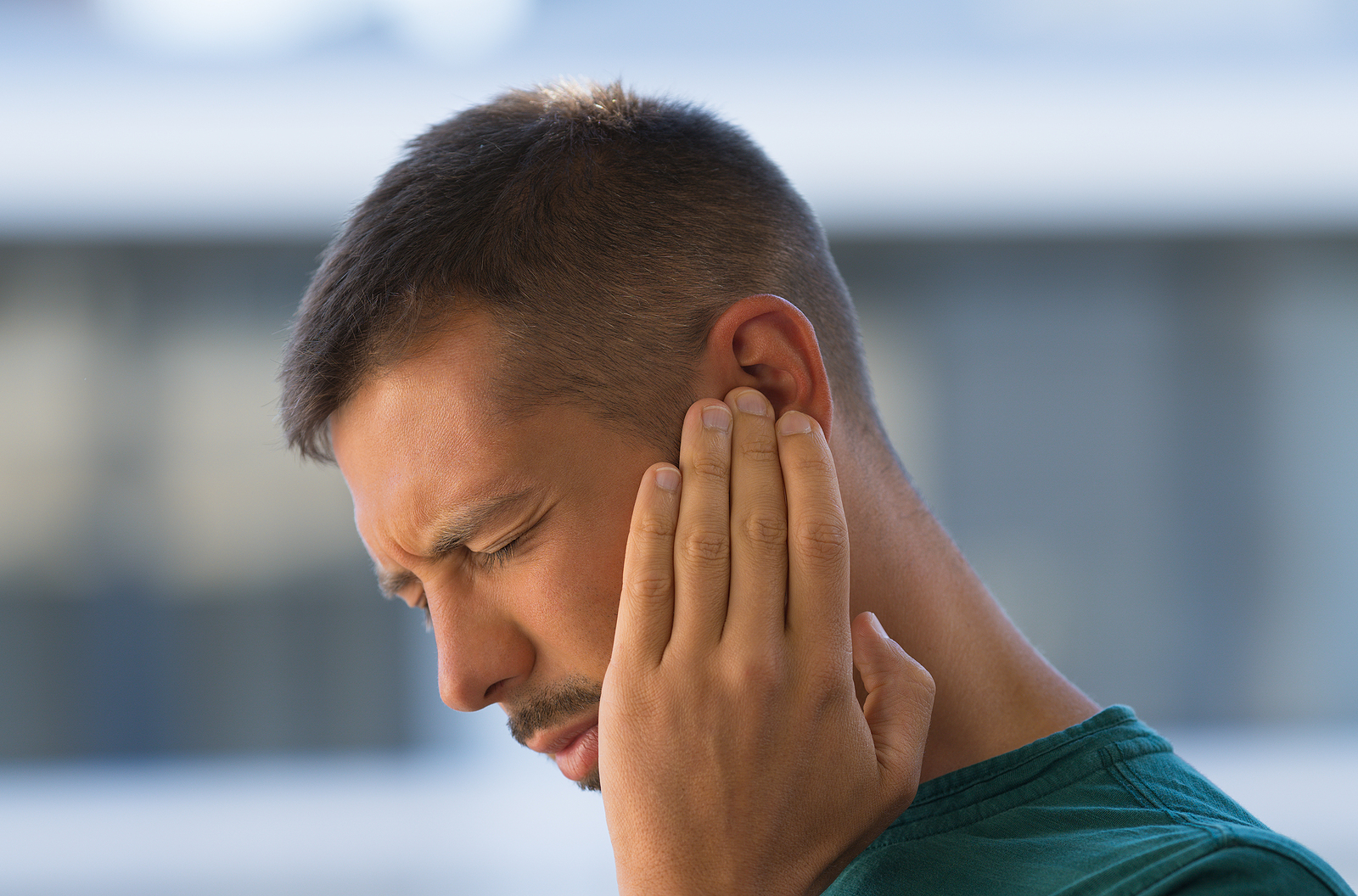
Hearing loss impacts over 48 million people, making it the third most common chronic medical condition people experience today. Nearly 1 in 6 people have some degree of imapired hearing which can be caused by numerous factors. Data actually shows that the workplace is a significant source of damage for hearing health. Hearing loss is the most common work related injury in the United States.
Hearing Loss: Most Common Work-Related Injury
Extensive studies and data shows that hearing loss is a pervasive work related injury. This includes the following data from the Centers of Disease Control and Prevention (CDC):
- 22 million people are exposed to hazardous noise levels at work.
- an additional 9 million exposed to ototoxic chemicals.
- An estimated $242 million is spent annually on worker’s compensation for hearing loss disability.
This data highlights the risks – noise and ototoxic chemicals – that millions of people are exposed to in the workplace. Occupational hearing loss can be prevented and understanding these risks can better help you protect your hearing health.
Causes of Work Related Hearing Loss
There are two primary ways work related hearing loss occurs: noise exposure and exposure to ototoxic chemicals.
- Noise exposure: one time or consistent exposure to loud noise can damage the auditory system which is the sensory system for hearing. Noise above 85dB is considered loud and potentially harmful for hearing health. This is equivalent to busy city traffic and a hair dryer. Exposure to excessive noise can damage the hair cells in the inner ear. Loud noise can desensitize and weaken these hair cells which reduces their capacity to process incoming soundwaves. This results in the brain receiving less auditory information which causes noise induced hearing loss.
- Ototoxic chemicals: these are chemicals that are harmful for hearing and balance – both sensory systems are in the inner ear. Ototoxic chemicals can be found in common household cleaners and medication. Examples include: carbon monoxide, metals, solvents etc. The workplace is a common environment that exposes millions of people to ototoxic chemicals – fueling vehicles and aircraft; furniture making; manufacturing of metal, leather, and petroleum products; painting; printing etc.
It is important to assess your work environment and identify noise levels as well as any potential ototoxic chemicals you may be exposed to.
Tips to Prevent Hearing Loss
There are several safety measures you can practice to mitigate the impact of exposure to noise and ototoxic chemicals in the workplace. The following strategies can help prevent hearing loss and offer protection for your hearing health and wellness:
- Access workplace accommodations. Employers are required to provide workplace accommodations to ensure that people are able to navigate the workplace safely. If you have diagnosed hearing loss, it is important to advocate for your hearing health and access these accommodations which can range from: making physical adjustments to your work space, hearing protection, investing in hearing technologies, protection from ototoxic chemicals etc. Be sure to discuss your options with your employer.
- Wear hearing protection. There are different types of hearing protection including headphones and earplugs. These items provide a physical barrier which blocks out noise and reduces the amount of noise you absorb. It is important to have easy access to hearing protection in the workplace so you can navigate loud noise when needed.
- Take breaks. Your ears and brain are constantly working to absorb and process noise. Taking 5-10 minute breaks throughout the day where you are not exposed to noise is a useful way to provide your auditory system with time to rest and replenish.
- Reduce exposure. There are numerous ways you can reduce your exposure to loud noise. This includes maintaining lower volume settings on electronic devices, avoiding environments (when you can) that are noisy, taking alternate routes to avoid traffic and construction sites, using noise canceling headphones etc.
- Test hearing. Another useful tip is to have your hearing assessed regularly. Hearing tests involve a painless and noninvasive process that measures hearing capacities in both ears. This identifies any hearing loss and the degree of impairment you could be experiencing. Getting a hearing test regularly allows you to monitor your hearing health and intervene early if you experience any changes.
